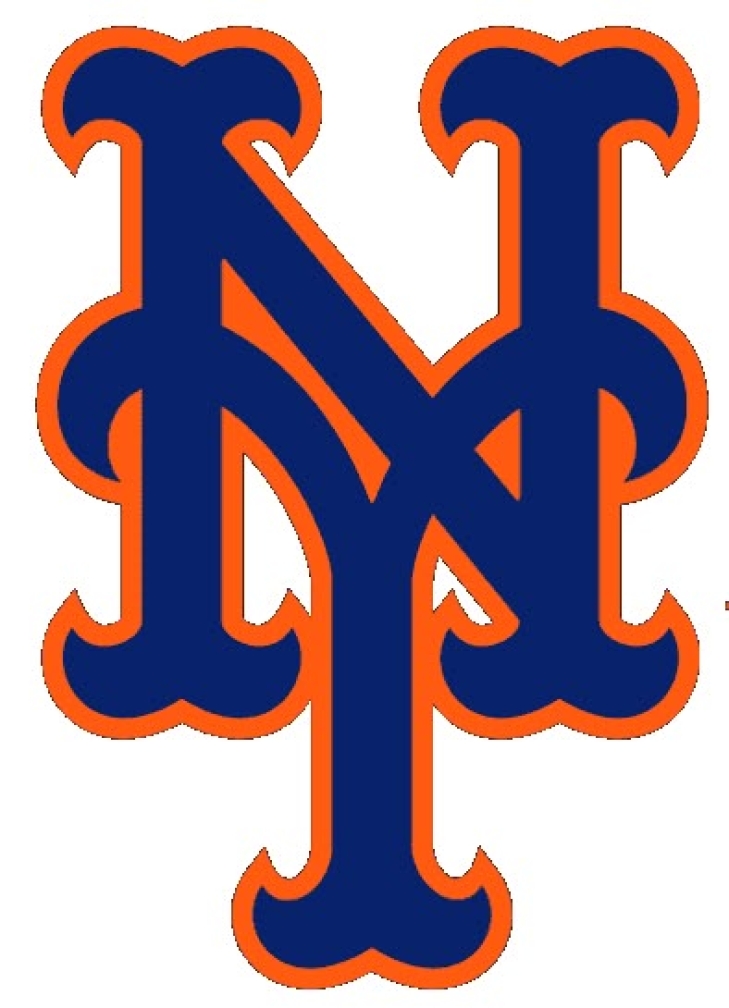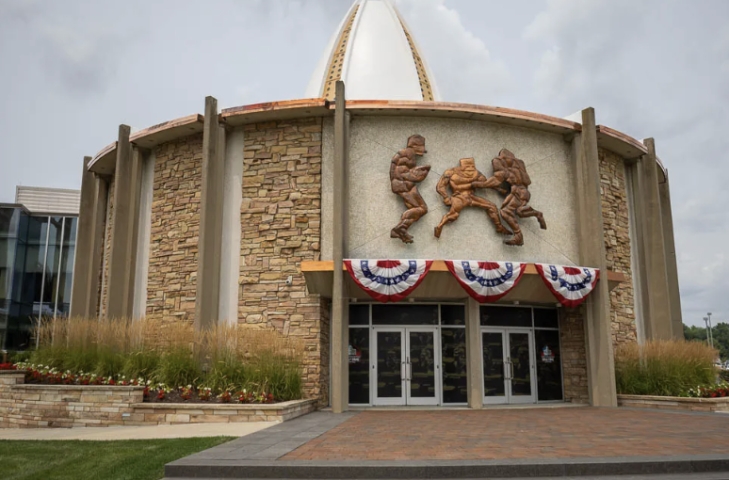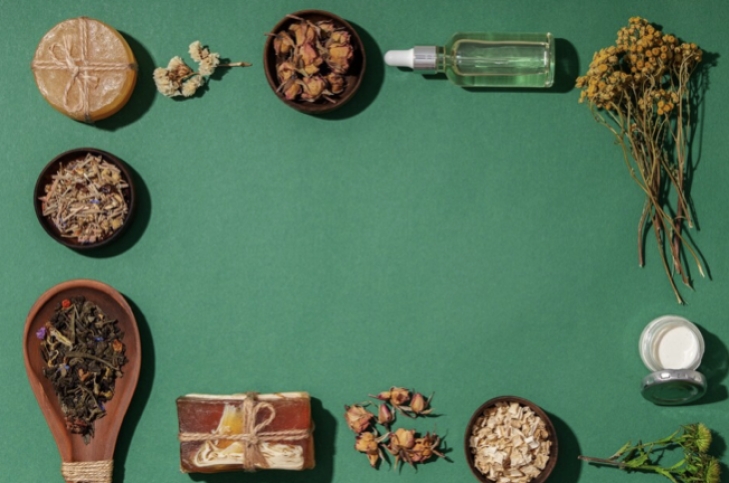
Committee Chairman
The University of Tennessee names their 2025 Hall of Fame Class
Regular visitors of Notinhalloffame.com know that we are slowly working on the top 50 of every major team in the NHL, NBA, NFL, and MLB. Once that is done, we will examine how each team honors its past players, coaches, and executives. As such, it is important to us that the University of Tennessee’s Athletic Hall of Fame has announced eight new member who comprise the Class of 2025.
The inductees are:
Eric Berry, Football, 2007-09. Berry was the first and only two-time Unanimous All-American in Volunteers history, and was the 2009 Jim Thorpe Award winner. A three-time All-SEC Selection, Berry won the 2008 SEC Defensive Player of the Year and the 2008 & 2009 Jack Tatum Award winner. At Tennessee he recorded 14 Interceptions, and went on to have a very successful professional career with the Kansas City Chiefs.
Jenny Connolly, Women’s Swimming & Diving, 2009-12. Connolly compiled 14 SEC Medals and 5 NCAA Medals and is one of the most successful backstroke and butterfly swimmers in Tennessee history.
A.W. Davis, Men’s Basketball, 1962-65. Davis was a two-time All-SEC Selection, and would later serve Tennessee as a Coach and then an Analyst.
Mike Masters, Men’s Swimming & Diving, 1985-88. Masters was a 12-time All-American, two-time SEC Champions and won the Bronze in the 1987 100m Freestyle.
Lauryn McCalley, Women’s Swimming & Diving, 2001-05. McCauley won the 2005 NCAA Woman of the Year and was a five-time All-American diver.
Lindsay Schutzler, Softball, 2004-07. A three-time All-American, Schutzler hold the school record for Hits (362), Triples (20), At-Bats (946) and Games Played (296). She led the Lady Vols to their first Women’s College World Series appearance.
Mike Sposa, Men’s Golf, 1988-91. A two-time All-SEC Selection, Sposa was the third Volunteer to win the individual SEC Title.
Tony White, Men’s Basketball, 1983-87. White is the only player in Volunteer history to lead the team in scoring and holds the single-game record for points (51) in school history.
The event will take place on April 11-12 this year.
We here at Notinhalloffame.com would like to congratulate the impending members of the University of Tennessee Athletic Hall of Fame.
Our All Time Top 50 New York Mets have been revised to reflect the 2024 Season.
Yes, we know that this is taking a while!
As many of you know, we at Notinhalloffame.com are slowly generating the top 50 of each major North American sports team. That being said, we have existing Top 50 lists and consistently look to update them when necessary and based on necessity. As such, we are delighted to present our post-2024 revision of our top 50 New York Mets
As for all of our top 50 players in baseball, we look at the following:
1. Advanced Statistics.
2. Traditional statistics and how they finished in the National League.
3. Playoff accomplishments.
4. Their overall impact on the team and other intangibles that are not reflected in a stat sheet.
Please note that our algorithm has changed, which yielded minor changes throughout the baseball lists.
Last year, the Mets lived up to their potential, going all the way to the National League Championship series before falling to the Los Angeles Dodgers. The season saw three changes, but no new entrants from last year’s roster, although one player returned based on the new algorithm.
As always, we present our top five, which saw no changes.
1. Tom Seaver
3. Jacob deGrom
4. David Wright
You can find the entire list here.
Surprisingly, First Baseman Pete Alonso held at #17.
Leftfielder Brandon Nimmo advanced to #19 from #24.
Second Baseman Jeff McNeil held at #22.
Shortstop Francisco Lindor rocketed from #48 to #24, an impressive jump for the MVP runner-up.
Under the new algorithm, Outfielder Juan Lagares returns to the list. He is ranked #49.
We thank you for your continued support of our lists on Notinhalloffame.com.
How Retired Sports Figures Build Personal Brands and Reach the Hall of Fame
Many athletes shine during their prime. Their on-field feats draw crowds and media attention. Yet, not everyone enters the hall of fame on the first ballot. Some must wait. In that waiting period, personal branding often becomes a hidden factor. By building a strong image after retirement, they remain visible and influential. This can lead to reconsideration and, in some cases, eventual induction into senior or historical categories.
A survey from 2020 showed that 34% of fans name “off-field legacy” as an important part of judging an athlete’s overall greatness. That statistic hints at why personal branding matters, even years after the final game. It shapes how the public, media, and even hall-of-fame voters view the individual’s total career.
Why Personal Branding Matters After Retirement
Retirement sometimes causes athletes to fade from public view. The daily highlights vanish. People focus on younger stars. But some ex-players remain active in the spotlight. They run charities. They mentor youth. They appear on TV as analysts or ambassadors. This sustained presence keeps them relevant. It also builds goodwill among fans and voters who decide hall-of-fame honors.
Example: Coaching and Broadcasting Roles
Several hall-of-fame members first made their mark as players. Later, they coached or commentated. That second career gave them new audiences to impress. One well-known baseball figure said, “I gained more respect for my playing style once people heard me explain the game on broadcasts.” This exposure can tilt opinions. It reminds watchers of their depth of knowledge and past achievements.
Earning the Trust of the Public and Media
Media can influence how the public views older athletes. Positive coverage boosts reputations. Negative stories can stain them. Once the playing days end, controlling the narrative becomes crucial. Some retired players hire firms to manage interviews or social posts. They may also join a negative review removal service if controversy arises. They want a consistent, respectable image that resonates with fans and hall-of-fame voters.
Social Media Connections
Social channels let retired pros speak directly to fans. They share training tips, personal thoughts, or memories of legendary games. This opens a window into their personality. Fans might see them in a friendlier light. That good will can help push borderline candidates over the line for hall-of-fame consideration. Hall-of-fame committees notice broad public support.
Building a Community Presence
Local involvement can cement a legacy. An ex-football linebacker might host free clinics for kids in his hometown. A retired soccer forward might sponsor a local youth league. Reporters pick up these stories, painting a positive picture of community service. One hall-of-fame board member commented, “We look at a candidate’s total impact on the game, on and off the field.” That phrase “on and off the field” sums up how personal branding can shape the final vote.
Charitable Foundations
Some retired athletes start or support foundations. These groups might fund scholarships or disease research. This philanthropy ties back to the athlete’s name. People remember them not just for stats, but also for generosity. One official stated, “A big philanthropic profile reminds us that they have a lasting impact. That resonates when we weigh their contributions to the sport.” Good deeds often linger in voters’ minds.
Owners, Contributors, and Coaches
Not just players benefit from personal branding. Owners, general managers, and coaches can face the same hall-of-fame hurdles. If they left under a cloud or never got recognized, building a strong persona later can reopen doors. They might pen books about leadership. They might appear at conferences. They might mentor younger executives or coaches. Over time, that presence can shift how committees view their overall career.
Example: A Front-Office Legend
Some sports executives remain behind the scenes during their active years. After retirement, they share stories or strategies through interviews or public speaking. This transparency helps fans appreciate their role in winning championships or rebuilding franchises. The momentum can push them toward hall-of-fame induction in the “contributor” category.
Statistics on Senior Inductions
A 2019 study of major sports halls of fame revealed that 15% of new inductees enter through senior or special committees. These committees often focus on overlooked or older candidates. They weigh intangible factors like leadership, influence on the sport’s culture, or post-career achievements. That means personal branding efforts can have real payoff. Public appreciation and favorable media can sway these later votes.
Late-Career Recognition
Voters sometimes revisit borderline candidates decades after retirement. A once-controversial figure might appear more admirable with the passage of time. Positive branding and community contributions can erase old doubts. One example is a coach who missed out early due to off-field issues. Later, a strong reputation as a mentor turned the tide in a senior committee vote.
Actionable Tips for Building a Post-Retirement Brand
- Stay Visible
Appear at charity events, signings, or sports shows. Remind fans and media you exist. - Share Expertise
Contribute to coaching clinics or write columns. Show your deep knowledge of the game. - Engage Online
Use social media to connect. Post stories or advice. Let your personality shine through. - Collaborate
Partner with businesses or nonprofit organizations. Lend your name to causes that matter. - Address Past Controversies
If needed, use professional help to manage your reputation. Aim for a consistent, positive image.
Long-Term Impact of a Strong Brand
A robust personal brand can create benefits beyond hall-of-fame recognition. It can lead to sponsor deals or TV opportunities. It can also enhance your legacy in the eyes of the public. Fans might celebrate your achievements more fully if they see you as a respected figure who stands for the sport’s ideals. One marketing consultant said, “A strong brand doesn’t happen by accident. It’s an ongoing effort to stay relevant.”
Influence on Younger Players
Retired icons with solid brands can mentor current athletes. They share wisdom on balancing performance and image. They might advise them on navigating controversies. This teaching role further cements the older athlete’s standing as a legend. Younger players look up to them, strengthening their post-career legacy.
Conclusion
Personal branding doesn’t end with the final whistle or last pitch. Many retired athletes and sports figures continue building their image. This keeps them front of mind for fans, media, and hall-of-fame voters. Whether through charity, commentary, social media, or coaching, they stay active in shaping how people view their contributions. Eventually, that can tip the scales for an induction vote in a senior or historical category.
If you’re an ex-player, coach, owner, or contributor who feels overshadowed by time, consider these post-retirement branding methods. Improve your public image, connect with the community, and manage old controversies. Over time, those efforts can help rewrite your story. You might find yourself inducted, celebrated, or re-discovered, long after you hung up your uniform. The hall of fame might stand just within reach, waiting for your renewed impact on the sport.
Why Are Podcasts Suddenly Hooked On Online Herbal Product Buying?
Podcasts have evolved from niche content creators to mainstream influencers, shaping trends across industries. In recent times, one intriguing shift has been the growing obsession with online herbal product buying. This sudden fascination has piqued curiosity among listeners and marketers alike, creating a unique intersection between wellness and digital commerce. What’s fueling this trend? How are podcasts seamlessly integrating conversations about herbal products into their narratives? This blog post explores the factors driving this rising interest. So, if you're a podcast enthusiast or a brand looking to tap into this trend, this comprehensive guide will break down everything.
Podcasts & Herbal Products: What’s Behind The Sudden Craze?
1. Growing interest in wellness
The growing interest in wellness has led people to explore natural and holistic products, including herbal supplements. Consumers are becoming more mindful of their health and are shifting toward plant-based alternatives. Podcasts, known for their authentic storytelling and niche content, have tapped into this wellness wave. Many listeners view podcast hosts as trusted sources, making these platforms ideal for discussing herbal products and their benefits.
This interest aligns perfectly with the podcast format, which allows for in-depth conversations and expert interviews. All in all, as more people seek credible information about herbal products online, podcasts are stepping up as a go-to source, sparking discussions.
2. Increased e-commerce accessibility
The rise of e-commerce platforms has made it easier than ever for consumers to purchase herbal products, including Kratom. One significant advantage is the convenience of shopping from anywhere at any time, eliminating the need to visit physical stores. Additionally, fast shipping options and reliable delivery services have improved the overall customer experience, allowing buyers to receive Kratom and its most popular strains, such as Red Bali, quickly and hassle-free.
This accessibility has led podcasts to promote online herbal purchases, knowing their audience prefers quick and easy solutions. So, for those interested in this popular strain and the hype, a potentially common recommendation is to get red bali kratom with fast shipping.
3. Audience preference for natural
Audiences today are increasingly inclined toward natural and organic products, including herbal supplements, teas, and remedies. This shift is driven by growing awareness about the potential side effects of synthetic products and a desire for cleaner, healthier lifestyle choices. Podcasts, known for their personal and conversational style, resonate well with this preference by sharing relatable experiences and honest product recommendations.
Hosts often discuss natural solutions for common issues, appealing to listeners seeking alternatives to conventional medicines. As online shopping makes it easy to explore and purchase herbal products, this trend naturally aligns with podcast content. This combination makes herbal product discussions a seamless fit.
4. Niche product market appeal
Niche product market appeal refers to the unique value online herbal products offer by catering to a specific audience interested in natural and plant-based alternatives. Podcasts often target niche listener groups, making them an ideal platform to promote such specialized products. Herbal brands find this appealing because they can reach an engaged audience that shares their wellness-focused values. This focused approach creates a sense of exclusivity and trust, increasing the chances of listener conversions.
Unlike mainstream products, herbal goods may benefit from tailored storytelling on podcasts, where hosts can authentically discuss their personal experiences, benefits, and usage. This alignment creates a mutually beneficial relationship, making it a compelling reason for podcasts to embrace promotions.
5. Monetization through brand partnerships
Podcasts have become a valuable platform for brands to reach engaged audiences. Herbal product companies, in particular, are increasingly forming partnerships with podcasters to promote their products. This is because many podcasts focus on health, wellness, and lifestyle topics, which naturally align with the appeal of herbal products. The working of a brand deal typically involves the brand providing a script or talking points to the podcast host, who then incorporates the promotion seamlessly into the content.
In return, the podcast earns a fee, commission, or both. These collaborations benefit both parties: brands gain direct access to a niche, loyal audience, while podcasters monetize their content through sponsored segments.
6. Authentic storytelling opportunities
Podcasts thrive on authentic storytelling that connects with their audience. When discussing herbal products, podcasters have the opportunity to share genuine experiences, personal health journeys, or relatable anecdotes about natural wellness solutions. These stories may feel more engaging and trustworthy compared to traditional advertisements.
Moreover, podcasters can seamlessly weave herbal product mentions into their narratives without sounding overly promotional. This approach not only keeps the audience interested but also helps brands gain authentic exposure.
What Goes Into Podcast Herbal Stories That Keep Listeners Hooked?
Genuine personal experiences
Podcasters often share authentic experiences with herbal products, making their stories relatable and believable. These personal narratives help listeners connect emotionally and build trust. When hosts describe how specific products may have impacted their wellness journey, it adds credibility and creates a genuine bond with the audience.
Seamless product integration
Herbal product mentions are skillfully woven into conversations without disrupting the flow of content. This subtle approach keeps listeners engaged while exposing them to the products naturally. Instead of sounding like advertisements, the product becomes part of the story, enhancing listener interest and recall.
Informative yet entertaining content
Podcasters balance education and entertainment by providing valuable information about herbal products. They share insights, potential benefits, and usage tips in a conversational tone, ensuring that listeners stay engaged while gaining knowledge about the products being mentioned.
Listener-driven narratives
Many podcasts involve their audience by sharing listener feedback, questions, and stories about herbal products. This participatory approach creates a community feel where listeners are actively engaged. When people hear relatable stories from fellow listeners, it builds curiosity and motivates them to explore similar products.
Summing Up
Podcasts have become a powerful platform for promoting online herbal products through authentic storytelling, seamless product integration, and strong brand collaborations. As e-commerce and wellness trends continue to rise, podcasts provide a natural space for meaningful conversations, creating value for listeners and brands while shaping consumer preferences in the digital age.





